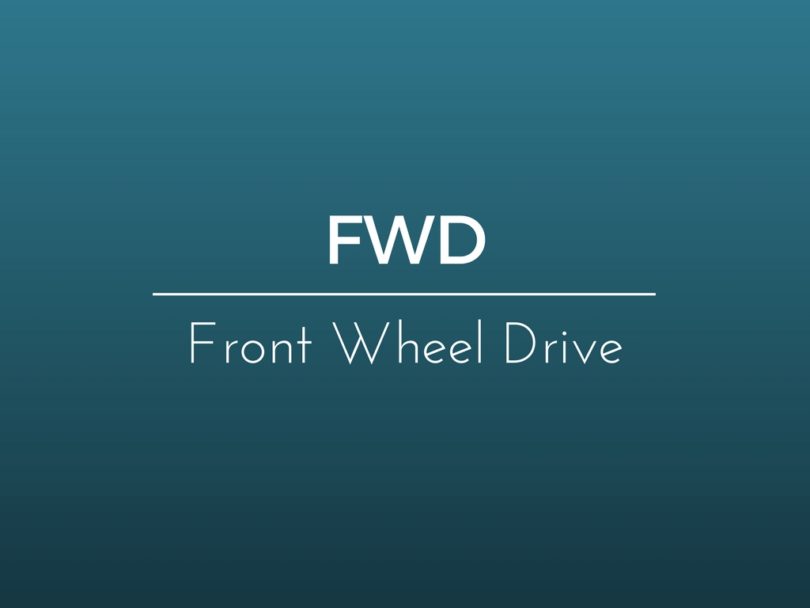 |
Front wheel drive vehicles have been around for over a century at this point. This type of setup usually has its engine in the front driving the front wheels only. There are quite a few advantages and drawbacks with this type of system so let’s take a closer look.
In the Beginning
At first, the cars had longitudinally mounted engines in the front which were mated to a longitudinal gearbox. Because of that, the car had two drive shafts that powered each front wheel. This system is great as it offers the least amount of torque steer. However, it also makes the car’s front end quite long, and it takes away from the advantages of having such a system. This is far less used in today’s market where there are only a few cars still offering it.
Transverse Engines
FWD is most usually used with transverse engines as it has quite a few advantages over a longitudinal installation. This requires far less space in terms of length which means there will be more room for passengers. It also means the car can be shorter so it might be perfect for city use. However, there are quite a few drawbacks to this system as well. For starters, the torque steer phenomena appear. This means the car’s wheels will turn under the engine’s torque action. While it can be alleviated, it means the driver doesn’t have full control over the car. On top of that, it really limits the size of the engine that can be installed under the hood. It also means the turning radius is usually far bigger than in a car sporting rear wheel drive.

Front Wheel Drive (FWD)s pioneered in the Mini/wikipedia.org
Front Wheel Drive (FWD) Advantages and Disadvantages
One of the biggest strong points of having front wheel drive is the ease of maintenance. There is no rear differential, or rear axle or a really complex rear suspension system. Instead, all the important parts are mounted in the front. The more simple rear axle also means there can be more available trunk space and the cabin space usually increases as there is no center tunnel to go through the car. However, the front wheel drive system can usually handle up to around 300 to 350 horsepower. It will also do it only with highly expensive suspension components.
Large engines are also quite hard to install in an FWD application while twin-turbo V engines are usually not used in these applications. This is because the air-stream will only cool one side of the engine and one turbo respectively. There are ways around it, but it would be easier just using a smaller and more powerful engine.

Front Wheel Drive (FWD) used by Audi and Subaru/ wikipedia.org




